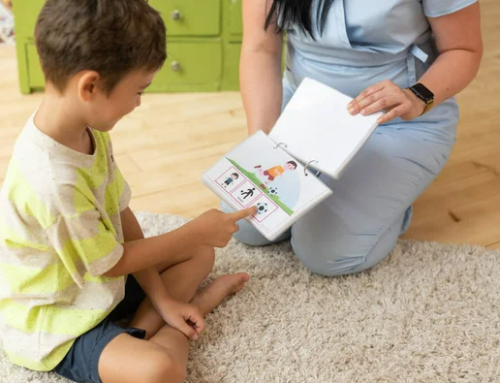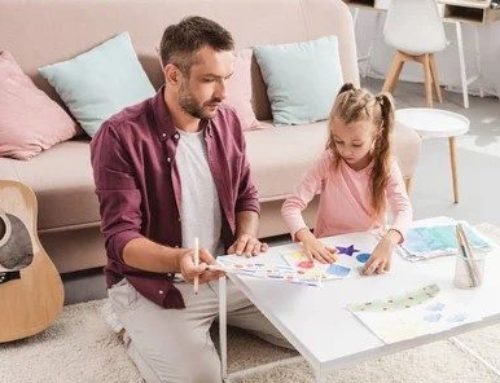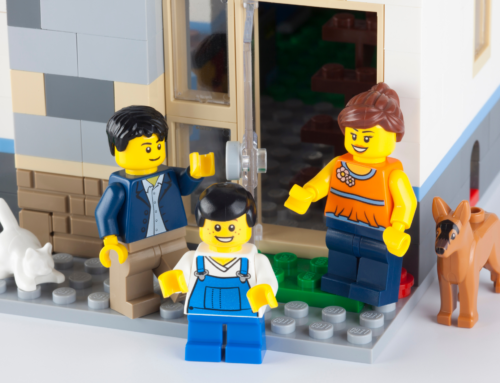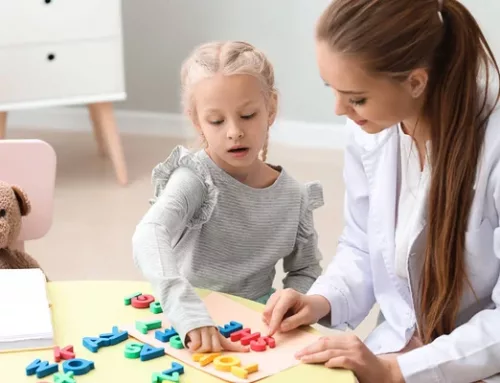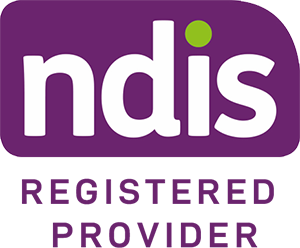When was the last time you remember doing nothing? Think about not checking emails, not pottering about the house, not planning the week ahead or reflecting on the week just past. If you’re a parent you might feel in desperate need of some time to do nothing and just reset. Just like adults, children need down time to unwind and slow down.
Children’s lives are very busy. Between school, homework, soccer practice, swimming lessons and not to mention jam packed weekends; children often find it difficult to fit in some downtime. In order to, ensure that children are taking advantage of every opportunity on offer it seems that they end up being all booked out or ‘overscheduled’ and struggling to find time to fit it all. Overscheduled kids can become anxious, and angry, with more frequent temper tantrums, difficulty concentrating at home or at school, and difficulty getting a good night’s sleep.
Making an active effort for your children to slow down and pay attention to the present moment can be difficult put in practice but it is something that can have a positive impact on their growing brains. The developing brain’s sensitivity to the negative effects of stress is heightened, so during this time it is important to encourage the development of openness to calm, being present and natural curiosity.
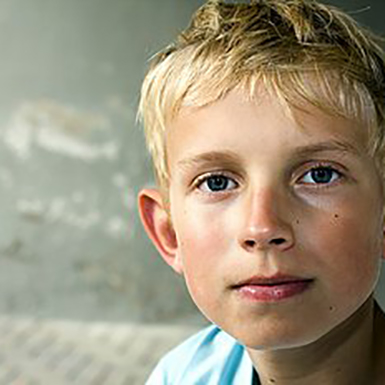
So what are the benefits of slowing down?
- Allowing the time for children to slow down and have unstructured play assists in the development of self-regulation abilities, with the children being required to work through the initial discomfort of being bored, practice making mistakes and tolerating what could go wrong.
- Having unstructured time encourages the child to explore the world in their own way, increasing creativity and developing an understanding of their own interests.
- Time to be still, relax and unwind can help improve attention concentration, memory impulse control improved academic performance.
- Taking the pressure off with unscheduled free-play can reduce their worries and improve sleep quality.
- Most importantly, kids get to enjoy just being kids!
Teaching children and young people to sit quietly and slow down for a period of time may seem like a daunting, or even impossible task however it’s not as difficult as it may seem. It’s not likely that initially kids will find it easy or enjoyable doing nothing, they may start seeking distractions and entertainment, either from you, siblings or technology. This is why it is important to coach children and young people how to slow down and be comfortable in an unstructured setting. Here are some tips to get started.
How do I teach my child to slow down?
- Keep it simple: When starting out it is important to take it steady, engaging in short periods of ‘slowing down’ or ‘doing nothing’. It could be as simple as sitting quietly, putting distractions away and taking in the environment around them, watching the waves roll in, or noticing the feeling of the sand under their feet as they walk along. Once they are comfortable doing this, encourage them to give their brains a break too and try clearing their mind.
- For the older kids ask them to notice what thoughts come to mind during this time, but to try and not focus on them, rather just let them come and go without changing the direction of thought.
- For younger children their tasks can be based around thinking of a fond memory or place and imagining themselves there, thinking about the various features of the place (smells, sights, how things felt).
- Be a role model: To best encourage your child to be comfortable slowing down and having a break it is important for you to demonstrate your ability to do so too. Inform them that you are taking a break, turning off technology and being still for a moment as it helps calm your mind and unwind – and actually do it!
- Create room: Both in the physical sense and in the daily routine. Having a space in the house that is comfortable and calming will help encourage down time. Allowing some room in the calendar that is unstructured is also important, it could be part of the bed time routine, an activity the family does together, or simply ensuring that the kids aren’t overscheduled allowing that space for that exploration and free play.
- Practice: Being comfortable slowing down, clearing the mind and doing nothing can be a difficult skill to learn so it is important to practice and be patient with it, starting small and building up as you become more comfortable is key.
Here are some helpful resources to get started
Videos:
Cosmic kids: Yoga, mindfulness and relaxation for kids utilising interactive adventures.
Still Quiet Place: A video to help your kids to learn how to engage in mindfulness.
Apps:
Smiling mind: Free online (web and app-based) mindfulness programs for children aged 7+
Headspace: Mindfulness program for older children and adults with guided meditations and tips

Sally Speed
Provisional Psychologist


